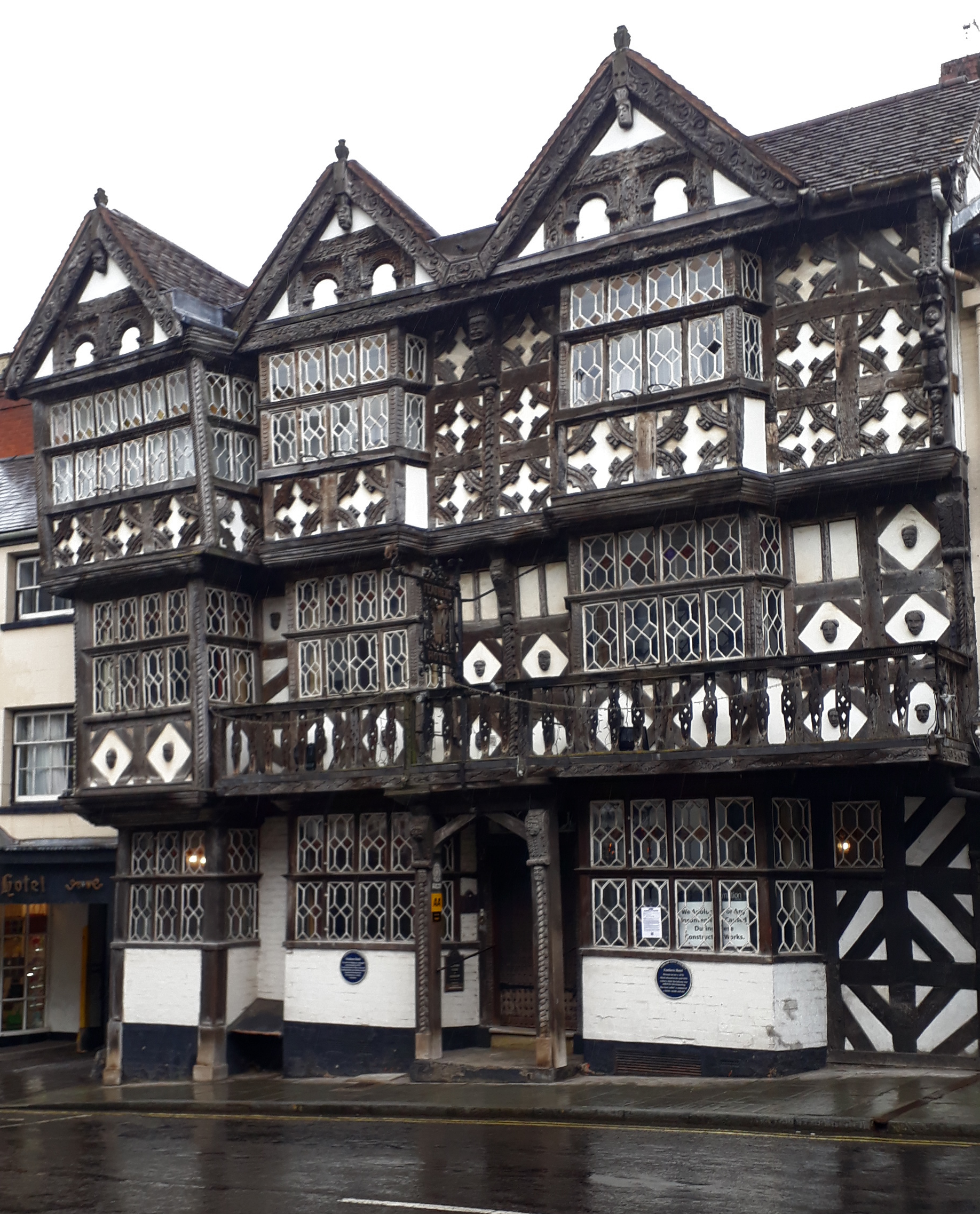Crest Hotels have submitted plans to convert the reception area of the Feather Hotel into a bar. This is a sensitive application for listed building consent which will be scrutinised in detail by Shropshire Council conservation officers and the Ludlow Conservation Area Advisory Committee. A related application seeks advertising consent to refurbish the fascia of the former bar area, which is now a tearoom.
The Feathers is a major part of Ludlow’s historic landscape. We can no more do without it than we could do without St Laurence’s Church, the Buttercross, Bodenhams and Ludlow Castle. These are the anchor attractions that bring people into town along with the market, butchers, bakers and so many other traders.
These plans need studying in detail. But they look good on a first reading. It is great to see the Feathers coming back into use and getting the level of investment it deserves.
The plans for renovation have been drawn up after seeking advice from Shropshire Council, including site meetings (19/02209/LBC). Refurbishment of the hotel itself will have no impact on the historic fabric so do not require listed building consent, but the proposed bar area does. The works include the demolition of the existing reception and some internal walls and screens. These have no historical merit. The existing reception area which dates to the mid-twentieth century. The doors to the King Charles II Room and Tanners Room either side of the hallway are later insertions constructed from timber with diamond pane glass. They will be removed and stored safely.
Repainting of the shopfront, now the tearoom, does not need consent from the council. But the repainting above the shopfront require advertising consent (19/02271/ADV). The shopfront will be painted Dulux Heritage lead grey with white lettering. The Feathers motif will be repainted and the words “tea rooms” added.
An accompanying heritage impact statement highlights the importance of the Feathers:
The significance of The Feathers derives particularly from the high quality, rich decoration of its construction as a seventeenth-century house which was later converted into a large and prominent inn. The artistic interest of the building is particularly evident, both internally and externally, despite later interventions. The historic interest, both as an expression of Tudor construction and through its links with important events, is also central to the building’s significance. As a Grade I listed building it is of the highest significance as an outstanding survival of an ornate seventeenth-century building.
However, “the numerous alterations to the building in the twentieth century have diminished the significance of the listed building, with the large-scale extensions that have necessitated the demolition of the historic rear wall, in particular, notably reducing the historic and architectural interest.”
The tearoom has also suffered:
The significance of No. 25 has been notably diminished by the extensive alterations undertaken in the twentieth century. This has included the removal of all internal walls, and the associated loss of plan form of the listed building. The decorative features within the building have also been subsequently lost, with the building now reading as a twentieth-century construction internally.
However, “externally the nineteenth-century fascia board and associated twentieth-century shopfront are of some architectural interest, while the retained sash windows above are also of interest.”





